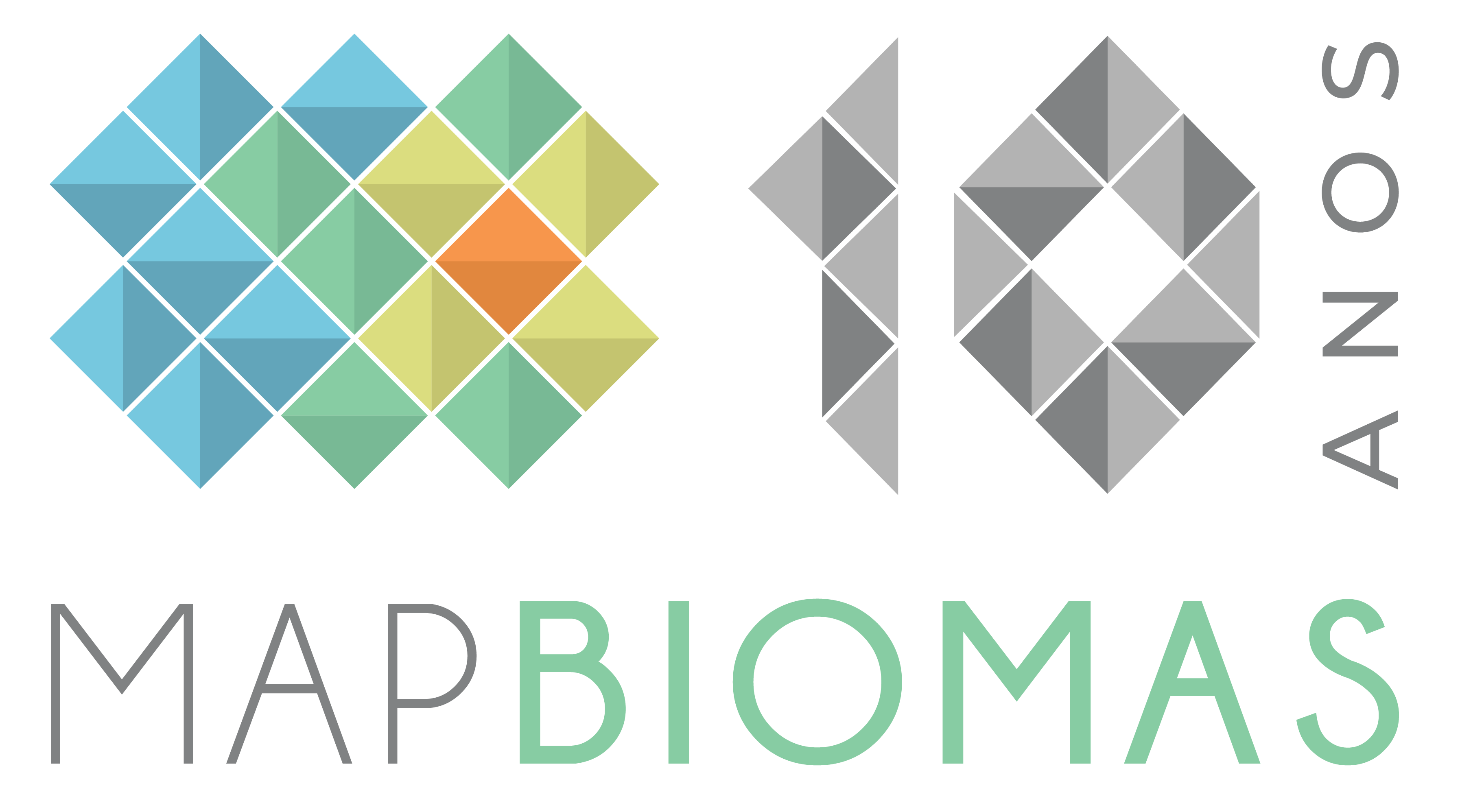Data from MapBiomas Fogo shows that pastures were the most consumed by fire, with the peak number of fires in September and October
More than 17.3 million hectares were burned in Brazil in 2023. This area is larger than the territory of some states in the federation, such as Acre or Ceará. This is shown by unpublished data from MapBiomas Fire Monitor platform. It's as if the entire territory of a country like Uruguay caught fire in a single year. The increase compared to 2022, when 16.3 million hectares were affected by fire, was 6%. The area affected by fire last year was approximately 2% of Brazil's territory.
The peak of the fires occurred in September and October, with 4 million hectares affected by fire each month. In December alone, 1.6 million hectares were burned in the country - a record when compared to December in previous years since 2019. This increase is mainly due to fires in the Amazon. In the last month of 2023, the state of Pará was the most affected territory, with 658,462 hectares consumed by fire, followed by Maranhão (338,707 hectares) and Roraima (146,340 hectares).
"In 2023, El Niño played a crucial role in the increase in fires in the Amazon, since this climatic phenomenon raised temperatures and made the region drier, creating favorable conditions for the spread of fire. If it hadn't been for the more than 50% reduction in deforestation, reducing one of the main sources of ignition, we would certainly have had a much larger area affected by fires in the region," says Ane Alencar, Director of Science at IPAM and coordinator of MapBiomas Fogo.
>> Monitor do Fogo: dados de janeiro a dezembro de 2023
In Pará, the area burned increased by 572% compared to the same month last year. In December, the data shows that the Amazon was the biome most affected by fire, followed by the Pantanal and the Cerrado. In the Amazon, 1.3 million hectares were burned, an increase of 463% on the same month a year earlier. In the Pantanal, the area burned in 2023 was triple that of 2022.
"The fires, which invaded areas of the Rio Negro Pantanal State Park (Mato Grosso do Sul) and the Encontro das Águas State Park (Mato Grosso do Sul), were exacerbated by the drought at the end of the year, especially in November, which accounted for 60% of the entire area burned in the Pantanal biome," says Eduardo Rosa from MapBiomas' Pantanal team.
In 2023, pastures were the land use most affected by fire - 28% - followed by native vegetation types, grassland formation (vegetation with a predominance of grasses and other herbaceous plants), with 19%, and savannah formation (vegetation with trees distributed sparsely and in the midst of continuous herbaceous-shrub vegetation), with 18% of the total burnt area.
About the Fire Monitor: The Fire Monitor is the monthly mapping of fire scars for Brazil, covering the period from 2019 onwards, and updated monthly. Based on monthly mosaics of Sentinel 2 multispectral images with a spatial resolution of 10 meters and a temporal resolution of 5 days. The Fire Monitor reveals the location and extent of burnt areas in almost real time, making it easier to account for the destruction caused by fire. Access the Fire Monitor and December Monthly Bulletin

